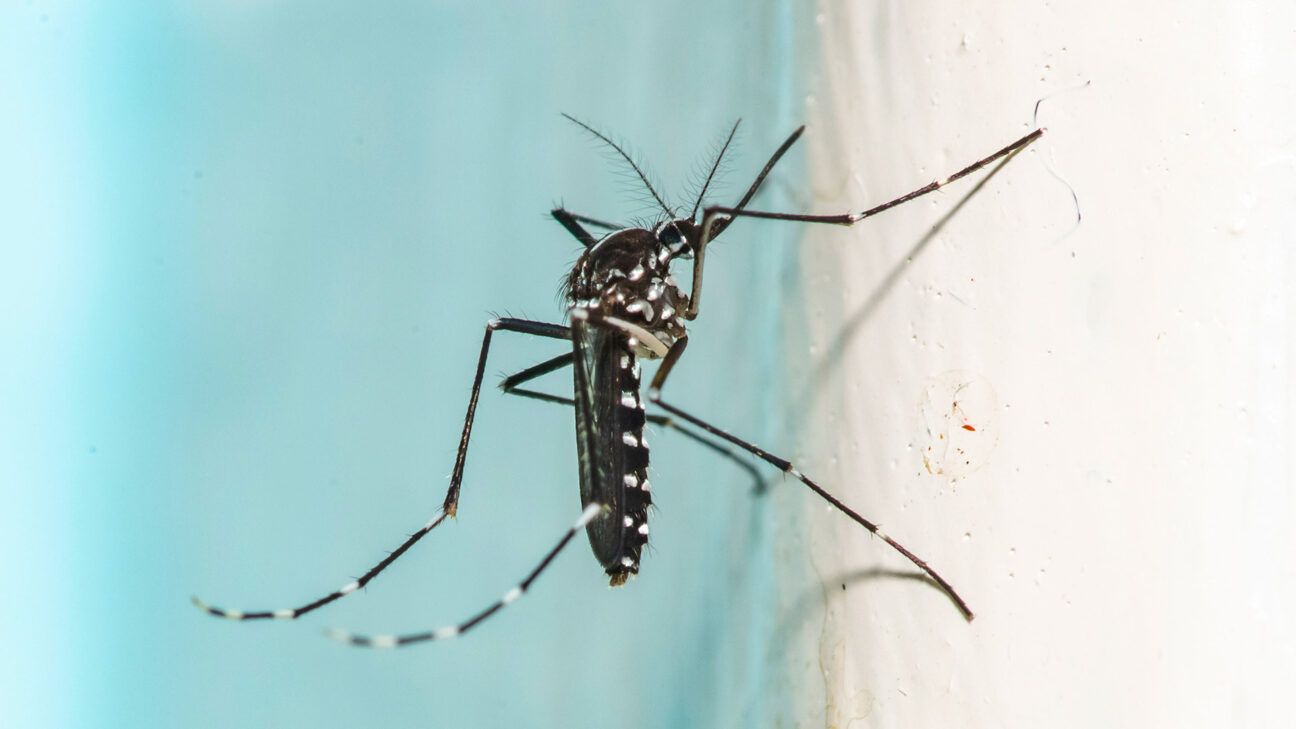How Affordable Could Generic Ozempic Be? As Low as $5 a Month, Study Finds

- The cost to make Novo Nordisk’s diabetes drug Ozempic is less than $5 a month, a new study suggests.
- The list price in the U.S. for Ozempic is almost $1,000, although people with insurance coverage may pay less.
- The study looked at the cost to manufacture Ozempic and other GLP-1s, as well as insulin.
Novo Nordisk’s diabetes drug Ozempic could be manufactured for less than $5 a month, a recent study suggests. The U.S. list price of this injectable drug is close to $1,000 a month, although people with insurance may pay much less.
The study, which was published Mar. 27 in JAMA Network Open, highlights the dramatic markup by manufacturers on GLP-1 receptor agonists and other newer diabetes medications, as well as insulin pens.
The results suggest that these drugs “can likely be manufactured for prices far below current prices, enabling wider access,” researchers from Yale University, King’s College Hospital in London and the nonprofit Doctors Without Borders concluded.
GLP-1 receptor agonists, or GLP-1s, are a class of drugs used to treat diabetes and for chronic weight management. They include Novo’s Ozempic and Wegovy, and Eli Lilly’s dual GLP-1/GIP receptor agonists Mounjaro and Zepbound.
Many insurance plans cover these medications when prescribed for diabetes, but the high prices have led to some insurers dropping them from their plans when used solely for weight loss.
Researchers estimate production costs
In the study, researchers used data on the costs of ingredients, packaging, logistics and taxes to estimate the lowest potential prices at which companies could still make a profit on several diabetes medications.
They concluded that drug companies could sell GLP-1s such as Ozempic for $0.89 to $4.73 a month — depending on the production volume — and still make a profit.
In contrast, the lowest market prices across the world for Ozempic ranged from $38.21 to $353.74 for a month’s supply, researchers found. The list price for Ozempic in the U.S., which may not be what people actually pay out of pocket, is $935.77 a month.
Researchers also found that a single pre-filled NPH insulin pen could be sold at a profit for $0.94 to $5.90. Around the world, the lowest market prices ranged from $2.00 to $90.69.
Similarly, a long-acting pre-filled insulin glargine pen could be sold at a profit for $1.30 to $6.57. The lowest market prices around the world ranged from $2.98 to $28.41.
Mariana Socal, MD, PhD, associate scientist in the Department of Health Policy and Management at the Johns Hopkins Bloomberg School of Public Health, said the findings of the new study are not surprising.
“It has long been recognized that the cost of production [of medications] pales in comparison to the prices that are charged when these drugs actually come to market,” she told Healthline.
High demand for GLP-1s like Ozempic results in shortages
Demand for GLP-1s continues to increase, which has led to ongoing shortages in the U.S. and more concerning access issues in other parts of the world.
“These new drugs are an absolute game changer for people living with diabetes, but are being kept out of the hands of hundreds of millions of people who need them in low- and middle-income countries,” Christa Cepuch, pharmacist coordinator at MSF’s Access Campaign, said in a release.
“Eli Lilly and Novo Nordisk can in no way supply the world with the amount of these medicines needed to meet global demand, so they must immediately relinquish their stranglehold and allow them to be produced by more manufacturers around the world,” she said.
In an emailed statement, Novo Nordisk declined to disclose its costs for the production of Ozempic, but noted that last year it spent almost $5 billion on research and development. It is also spending billions more in acquisitions meant to boost the supply of GLP-1s, the company said.
Onisis Stefas, PharmD, chief executive officer of VIVO Health, Northwell Health’s outpatient pharmacy network, said he understands the need of drug makers to price their products to cover their overall research and development costs, including the costs for drugs that never make it to market.
However, “I still think that, whether globally or in the U.S., we need to find a way to get patients access to these newer agents,” he told Healthline.
“If you’re a diabetic, and you can’t get access to insulin or other medications, you’re going to have negative outcomes,” he said. “Sometimes this results in medical expenses far higher than the cost of the medications themselves.”
Out-of-pocket costs lower than the list price
As with many brand-name medications, list prices for GLP-1s are higher in the U.S. than in other countries. Similarly, in 2018 the cost of insulin was five to 10 times higher in the U.S. compared to other countries, according to a report by RAND.
Diabetes drugs are typically covered by private insurance plans, Medicare and Medicaid, so people with coverage often pay less than the list price.
Novo also offers a savings card, which enables people with private or commercial insurance to pay as little as $25 for a 1-month, 2-month, or 3-month supply of Ozempic for up to 24 months. The company said in its statement that three-quarters of its gross earnings go to these kinds of rebates and discounts.
“At Northwell, we spend a lot of time working with patients, including trying to leverage copay assistance programs wherever pertinent,” said Stefas. “Sometimes we’ll reach out to foundations to see if there are ways that they can help subsidize some of those costs for the patients.”
A survey released last month from Evercore ISI found that more than half of Americans taking a GLP-1 for diabetes or weight loss said they were paying $50 or less out of pocket each month.
However, even when the cost of a drug is lower than the list price, insurance copays and deductibles can still be a significant barrier for people with diabetes.
“The burden of diabetes continues to grow, putting a lot of pressure on patients, in terms of their out-of-pocket expenses,” said Stefas. “In some instances, diabetics are not getting the appropriate medications because they can’t afford them.”
When will prices for Ozempic, Wegovy, and other GLP-1 drugs drop?
It is difficult to know when the list price of GLP-1s will drop. In the U.S., most brand-name drugs are protected from lower-priced generic drugs for 5 years. However, once a generic enters the market, the cost of the original brand-name drug may also decrease.
“The presence of generic or biosimilar competition is the most effective tool that we have to bring down the prices of drugs in [the U.S.],” said Socal.
Sometimes drug makers are able to keep generics off the market, though, such as by making small tweaks to their drugs so they can sustain their monopoly for several more years.
If a brand name drug doesn’t have competition from a generic, its price may actually go up over time, rather than down, as is seen in other countries.
“Drugs [in the U.S.] can increase significantly in price over time,” said Socal, “and have done so, even in the absence of any improvements to the drug or any advances to the technology that the drug represents.”
In contrast, governments in other countries have effective mechanisms to keep prices under control over time, she said.
In the U.S., the federal government and Congress are starting to take steps to keep drug prices lower, even if just through a piecemeal approach.
Last year, a $35-a-month cap on insulin went into effect for Medicare enrollees as part of the Inflation Reduction Act (IRA).
Another provision of the IRA is Medicare’s price negotiation for certain drugs. The Congressional Budget Office expects semaglutide — which is the active ingredient in Ozempic and Wegovy — to be selected for price negotiation within the next few years.
This provision of the IRA was a direct attempt to address some of the pricing problems seen in the U.S. market.
“The reason the Medicare drug price negotiation program had to be created in the first place is that the drugs that are in the program have been on the market for a long time without competition,” said Socal, which has led to high prices and created “all kinds of affordability issues.”
Takeaway
In a new study, researchers estimated the cost to produce diabetes drugs such as GLP-1s and insulin. They found that the market prices for these drugs are much higher than the production costs, especially in the U.S.
The list price for Novo Nordisk’s diabetes drug Ozempic is nearly $1,000, although people whose insurance covers this drug may pay less out of pocket. Drug makers also offer rebates and discounts that may lower the cost of diabetes drugs.
High prices for diabetes medications can deter people from taking their medication regularly, which can lead to more expensive medical care later on. Even high insurance copayments and deductibles can put these drugs out of reach for some.





